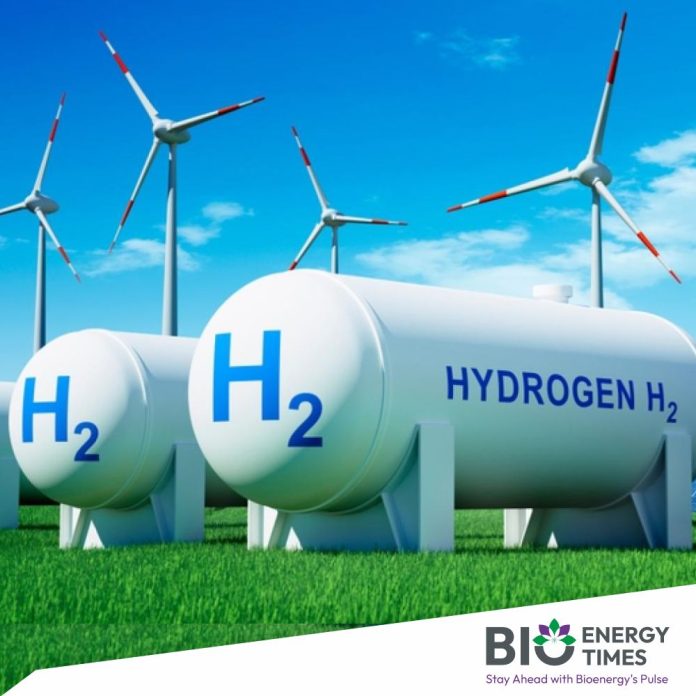Santosh Kumar Sarangi, Secretary of the Ministry of New and Renewable Energy, Government of India, addressed the World Hydrogen Summit 2025 in Rotterdam today, emphasizing India’s growing role in the global renewable energy landscape and its strategic commitment to green hydrogen development.
During his keynote, the Secretary highlighted India’s vast potential to emerge as a global hub for green hydrogen, driven by its robust renewable energy capacity. With over 223 GW of installed renewable power—comprising 108 GW from solar and 51 GW from wind—India ranks among the fastest-expanding clean energy markets in the world.
He reaffirmed India’s long-term energy goals: achieving energy self-reliance by 2047 and reaching net-zero carbon emissions by 2070. Central to this transition is the National Green Hydrogen Mission, launched in 2023 with an initial investment of USD 2.4 billion. The mission outlines a roadmap to:
- Stimulate demand in key sectors
- Provide incentives for domestic production infrastructure
- Target 5 million metric tonnes of green hydrogen production annually by 2030
- Prevent up to 50 million metric tonnes of CO₂ emissions per year
- Attract investment worth approximately USD 100 billion
- Create over 600,000 jobs
The Secretary noted significant progress under the mission, including the allocation of 862,000 tonnes per annum of green hydrogen production capacity to 19 companies and the awarding of 3,000 MW of electrolyzer manufacturing capacity across 15 firms. Pilot initiatives are underway in sectors like steel, transportation, and shipping.
To bolster the sector further, India has recently introduced a Green Hydrogen Certification Scheme. A whole-of-government approach is being pursued, with supportive policy measures designed to accelerate the industry’s growth. For instance, the Ministry of Environment, Forest and Climate Change has granted environmental clearance exemptions for green hydrogen and ammonia projects. Meanwhile, the Ministry of Ports, Shipping and Waterways has identified Kandla, Paradip, and Tuticorin ports as future green hydrogen hubs. Additionally, 15 Indian states have formulated dedicated policies to support green hydrogen initiatives.
Despite these advances, challenges such as high production costs, inadequate infrastructure, and the absence of standardized frameworks remain. Overcoming these barriers will be crucial to scaling up India’s hydrogen economy.
Inviting global stakeholders, the Secretary encouraged delegates at the summit to visit the India Pavilion over the next two days to engage with Indian companies and explore potential collaborations.
His address reinforced India’s ambition not only to meet domestic demand but also to position itself as a major global exporter of green hydrogen by 2030, thereby playing a key role in global decarbonization efforts.
The National Green Hydrogen Mission stands as a flagship initiative to drive innovation, investment, and large-scale adoption of green hydrogen technologies. With tangible progress in both production and manufacturing capacities, the mission marks a significant step forward in realizing India’s vision of a sustainable energy future.
















